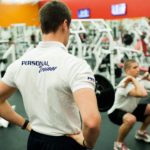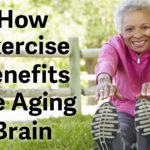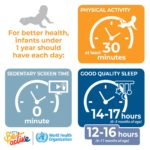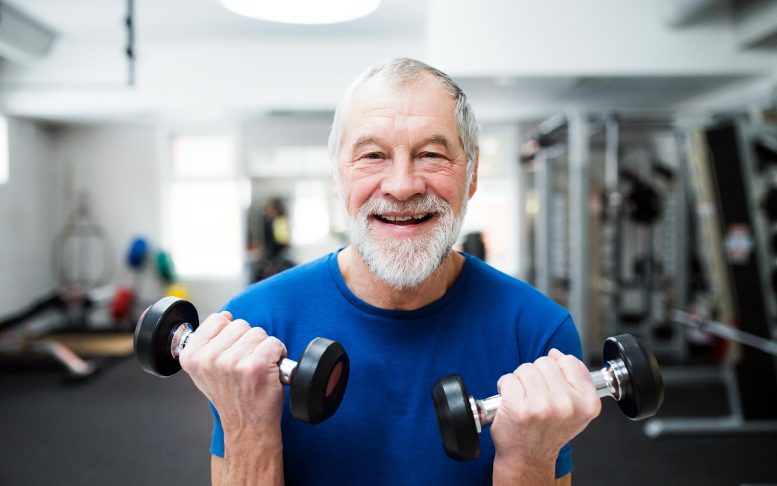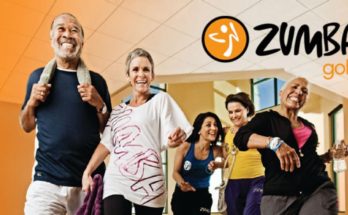People in middle-age need to keep up their physical activity levels if they are to enjoy a fit and healthy retirement — according to a new report from the University of East Anglia.
The study reveals that over-55s in particular should be doing more to keep fit as they approach retirement age — because of the physical, mental and social benefits of being active.
But health problems, not having enough time or energy because of work, and a lack of motivation are leaving many approaching retirement in poor shape.
Researchers worked in collaboration with Active Norfolk to gather insight about the relationship between retirement and physical activity.
More than 1,000 over-55s took part in an online ‘Physical Activity and Retirement Transitions’ survey about their physical activity levels, and expectations and experiences of retirement. The research team also held focus groups and interviews with people at retirement age about staying physically active.
Lead researcher Dr Charlotte Salter, from UEA’s Norwich Medical School, said: “In England, participation in physical activity tends to decrease around the age of 55.
“Frailty and pre-frailty — the decline in health, resilience and mobility often associated with ageing — are conditions previously expected to be found in people at retirement age and over. But now these conditions affect a third of British adults aged 50-65.
“Adults are spending more years of their life working than ever before. Retiring is a life-changing event which provides all sorts of opportunities — but it coincides with declining physical activity, health and wellbeing.
“From the age of around 55, people begin thinking about retirement and making plans for their future.
“In order to enjoy a fit and healthy retirement, a really key thing is that people need to maintain their physical fitness through their fifties and beyond.
“But we found that there are many barriers to this — from poor health, lack of motivation, and the cost and availability of sports, activities and fitness classes, to not having enough time — due to work or in many cases because of caring responsibilities.
“Many respondents also felt excluded and said that sports facilities and fitness classes tended to appeal to a much younger market.
“While retirement can free up time, deteriorating health and wellbeing often become a new barrier.
“That’s why it’s so important to maintain fitness in the lead up to retirement.
“Supporting older adults to lead active lifestyles ahead of and at retirement could ensure people are more mobile, capable and healthier once retired.
“There is no one-size-fits all approach. But we found that activity that is combined with socialising, or other purposeful actions such as dog walking, gardening, housework, childcare or volunteering, were all good ways for over-55s to remain active.
“With an ageing population there is also an ageing workforce who need support to age, work and retire actively,” she added
Recommendations
The report shows how employers and healthcare providers could do more to promote physical fitness to people over 55. And that sports centres and community fitness projects could also play more of a part in encouraging healthy ageing.
Project lead Rachel Cooke, from Active Norfolk, said: “Retirement from work is a major life transition. For many, retirement from paid employment is something to look forward to. But for others, retirement can pose many challenges including keeping physically active. It is clear from the research that retirement is a personal journey and the availability of support and opportunities to retire actively is varied.
“The results of the research highlight the potential role of physical activity providers, workplaces, and support services, such as health professionals and age-related charities, for reaching those who are working full-time, part-time, and those who are already retired. Active Norfolk will be working with our partners to influence policy and provision across these three target areas to support over-55s to be active in the lead up to and during retirement.”
Other recommendations for employers include having a health and wellbeing policy that promotes physical activity, providing opportunities to be active at work such as walking groups and cycle to work schemes, developing a pre-retirement support package with advice about physical activity and encouragement to make plans to be active in retirement, and promoting a culture shift to encourage activity in later life.
Recommendations for improvements in the recreation and fitness sector include making information about opportunities to be active locally more accessible, providing better access to green spaces, providing low intensity activities at times that suit people over 55, with free taster sessions and discounts, and opportunities to socialise.
The research was commissioned by Active Norfolk and funded by Sport England. Other collaborators included Thrive Tribe and Norfolk County Council.
‘The Physical Activity and Retirement Transitions Study (PARTS)’ is published on Monday, August 12, 2019.


